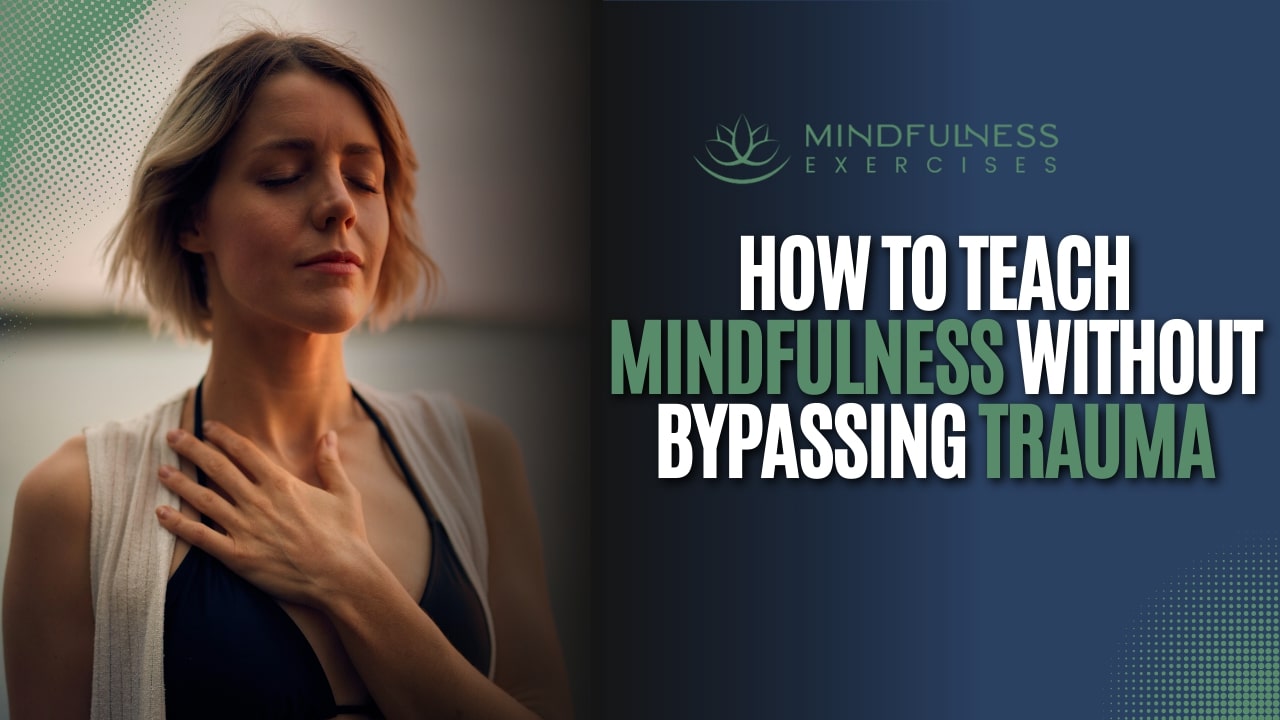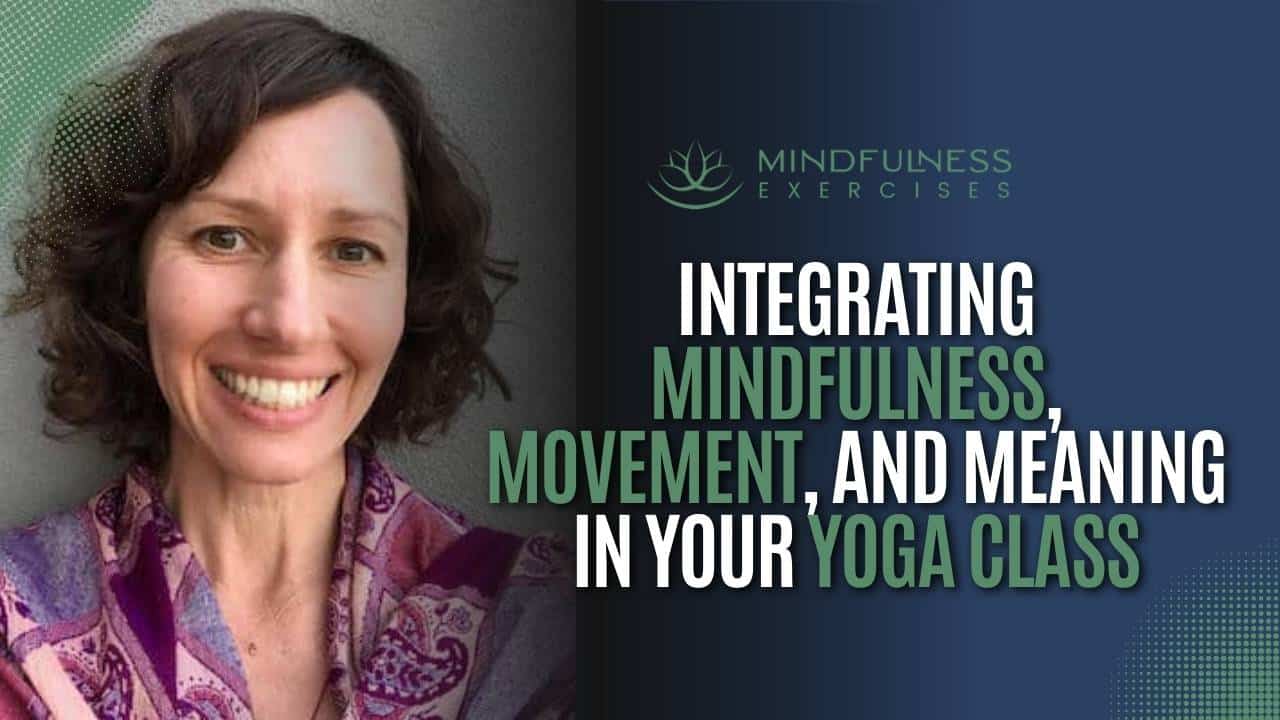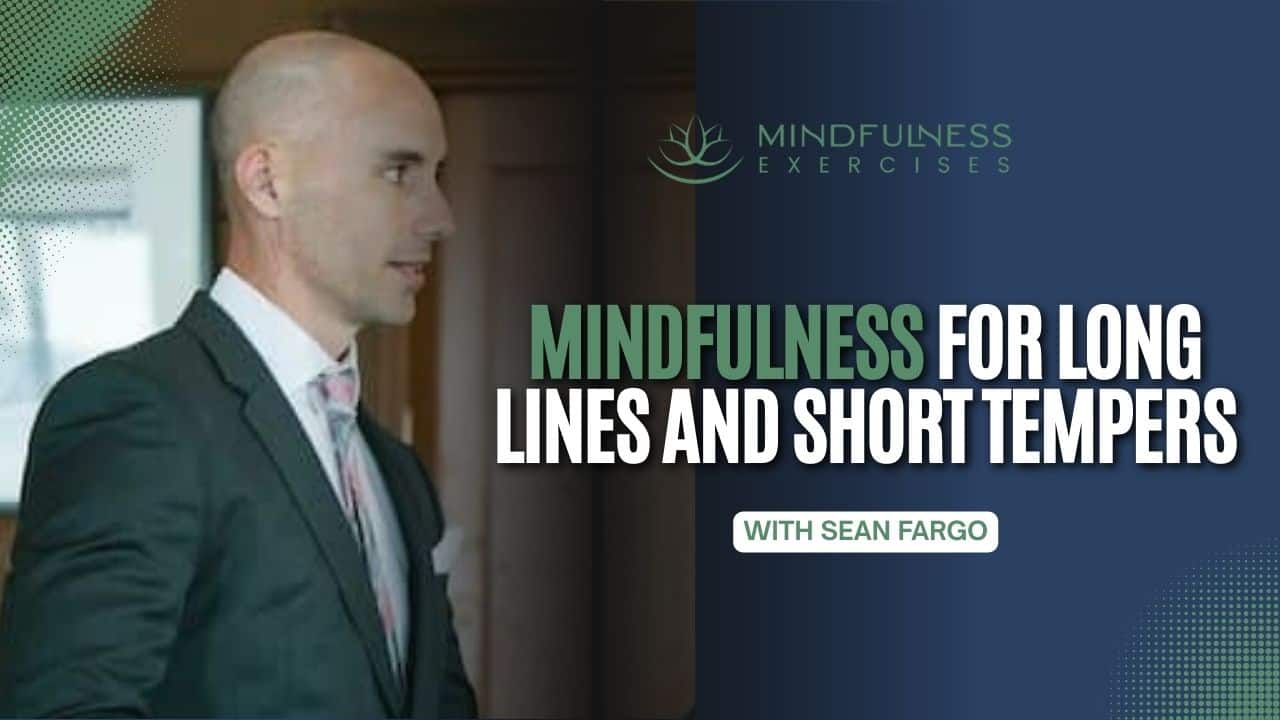Listen now

Spiritual bypassing can quietly undermine even the best intentions of mindfulness teachers — especially when trauma is involved. In this powerful episode of the Mindfulness Exercises Podcast, we explore how to guide mindfulness in ways that honor the nervous system, prevent harm, and support genuine healing.
Many traditional meditation cues can unintentionally overwhelm or retraumatize students. That’s why trauma-sensitive teaching is so essential. From recognizing subtle signs of activation to adapting language, posture, and pacing, this conversation offers practical tools for creating safer, more inclusive mindfulness environments.
Whether you’re a meditation teacher, therapist, yoga practitioner, or healthcare professional, this episode highlights how mindfulness can be taught with integrity, humility, and care — without bypassing the very real experiences of trauma survivors.
Sponsored by our Mindfulness Meditation Teacher Certification Program
MindfulnessExercises.com/Certify
What You’ll Learn in This Episode:
Show Notes:
Recognizing Spiritual Bypassing
Spiritual bypassing often happens when mindfulness is used to override or avoid difficult emotions instead of addressing them. Teachers may unintentionally encourage this if they dismiss pain or push students into practices their nervous systems aren’t ready for.
Trauma and the Nervous System
Trauma lives in the body and can be reactivated by certain meditation practices. For survivors, standard instructions such as “close your eyes” or “sit completely still” may feel unsafe. Adjusting these cues helps create more accessible and supportive environments.
Language That Heals, Not Harms
Even subtle word choices can make the difference between safety and retraumatization. Instead of authoritative instructions, trauma-sensitive teaching emphasizes invitations, options, and gentle guidance — giving students agency over their own practice.
Creating Safe Spaces for Mindfulness
When students feel seen and respected, they are more likely to explore mindfulness in ways that truly support healing. Trauma-informed teaching prioritizes safety, choice, and compassion over rigid adherence to form.
The Teacher’s Ongoing Work
Teaching mindfulness without bypassing trauma requires self-awareness and humility. This includes examining one’s own patterns, seeking supervision or therapy, and continually learning from trauma experts and lived experience.
This Episode Is Made For:
- Mindfulness and meditation teachers
- Therapists and coaches using contemplative tools
- Yoga and somatic practitioners
- Healthcare professionals
- Anyone guiding others through inner work, healing, or stress reduction



